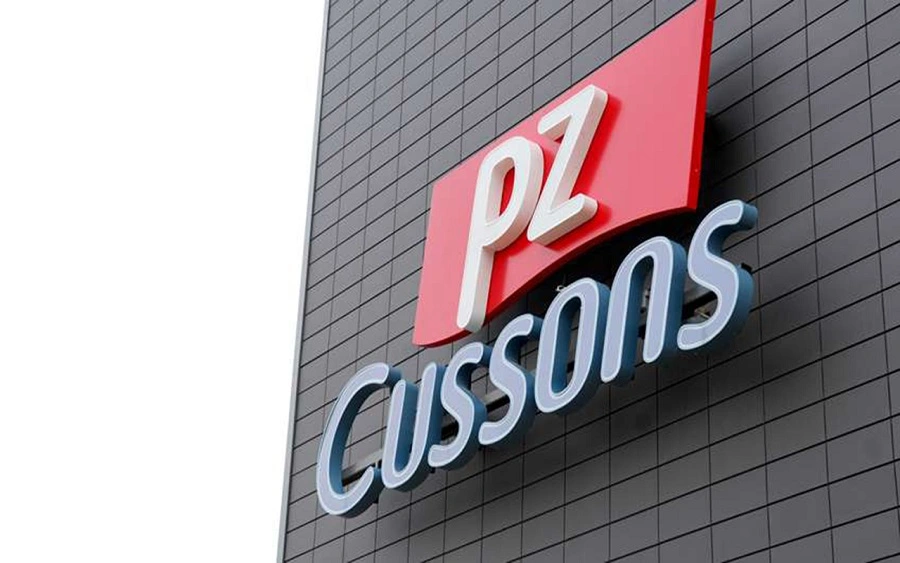
A new report commissioned by the Advertising Regulatory Council of Nigeria (ARCON) said Nigeria’s marketing communications spending would reach N893 billion by 2028.
According to the report, the industry is projected to contribute a significant 1.08 per cent to the gross domestic product (GDP), up from 0.7 per cent in 2023.
The ARCON’s report stated that the total expenditure on marketing communications reached an impressive N605.2 billion in 2023, having grown at a remarkable compound annual growth rate (CAGR) of 18.7 per cent over the past six years, from N216 billion in 2018.
The report also stated that Africa’s advertising spending is projected to grow by a compound annual growth rate (CAGR) of 2.8 per cent between 2023 and 2027.
The projected growth in the marketing communication spend from $10.3 billion in 2023 to S$11.8 billion in 2027 is to be driven by increased digital advertising across platforms such as social media, online forums and search engines.
ARCON projected that the global advertising revenue will increase from $763.7 billion in 2022 to $952.6 billion by 2027 at a CAGR of 4.5 per cent.
The report stated that although, Africa remains the smallest regional advertising market in the world accounting for less than five per cent of global spending.
The Director General of ARCON, Dr Olalekan Fadolapo, commended the industry’s recent advancements, citing the launch of an Audience Measurement initiative as evidence of progress.
Fadolapo emphasised the necessity of quantifying the industry’s size and impact accurately, stating that practitioners cannot continue to estimate the size of the industry.He highlighted the report’s significance in providing a foundational framework for yearly assessments of the advertising space and its economic impact.
The Chairman of the National Advertising Conference, Tunji Adeyinka, contextualised the genesis of the study, tracing it back to the 2022 conference’s recognition of a gap in understanding the industry’s GDP contribution. He underscored the report’s focus on assessing both the industry’s direct monetary contribution to GDP and its multiplier effect.













